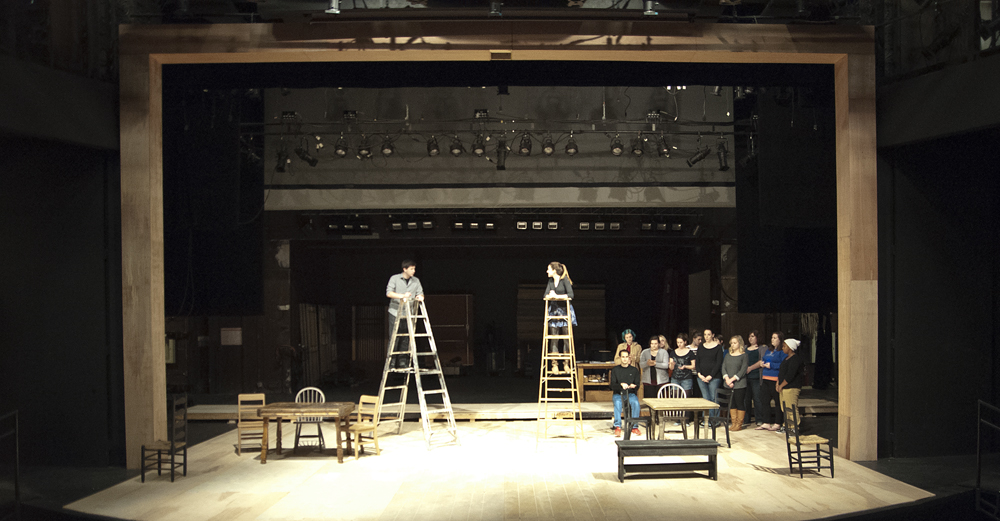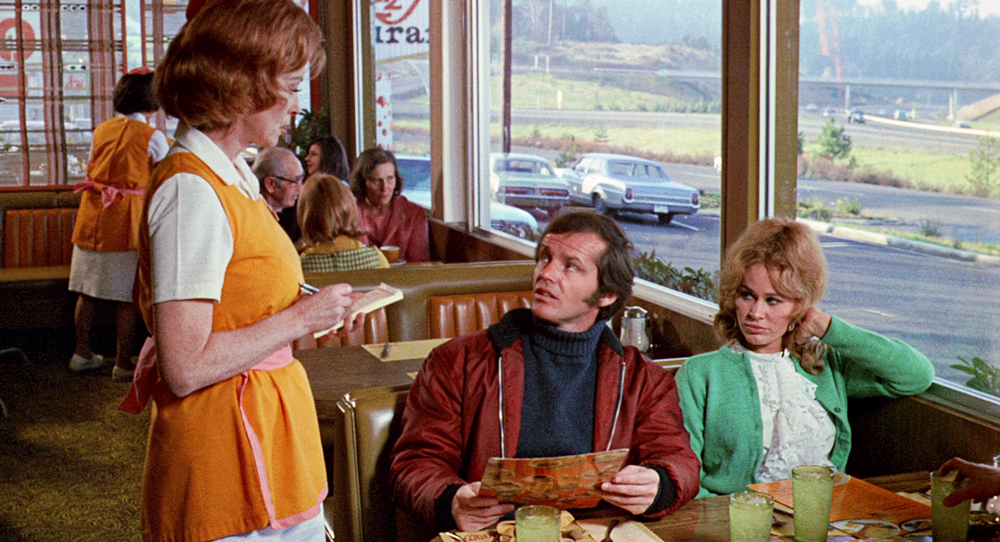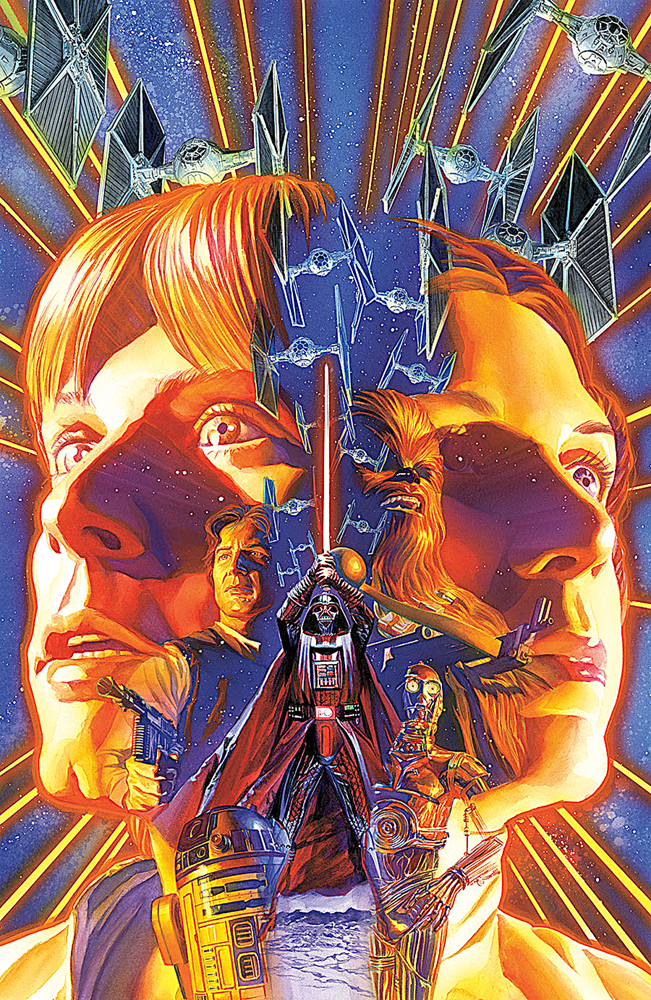For years, Portland’s Top Shelf Productions has continued to publish unique autobiographical comics. Earlier this year, the Vanguard reviewed Jeffery Brown’s A Matter of Life and Jess Fink’s We Can Fix It! Both had the frank reflections and somber half-epiphanies you might expect from an autobio comic, but each had their own unique spin on the subgenre.
The latest from Top Shelf is Blue, a semi-autobiographical comic by up-and-coming Australian cartoonist Pat Grant, now out in softcover.
Like its Top Shelf brethren, Blue hits familiar life-story beats while subverting them at the same time. In the opening scene, a shy and lonely boy approaches three sketchy kids on the beach. When asked whether their sandcastle could use an extra hand, the group decides against it when they learn the boy came to the small coastal town from Sydney. Upon their departure, they smash the castle and leave the boy alone with a smattering of small, broken dunes.
Those three terrible children are the closest thing Blue has to protagonists. In a world where thousands of artists share memoirs every day, often with unsympathetic young characters, Grant sets his story apart with his frank admission of pointless cruelty. That, and the aliens.
In a slight deviation from history, aliens are visiting and in some cases immigrating to Earth. They look a bit like big blue bowling pins with jellyfish tentacles propping them up. The people in the small coastal town of Bolton are barely tolerating them. We get hints of their eventual takeover as more and more move in. In Blue’s scope, there’s a thin line between extraterrestrial and legal aliens. One bumper sticker reads: “We grew here, you flew here.”
But that’s just the backdrop for a particular day in the life of the trio. They’ve heard that there was an accident on the town’s train tracks. Someone was struck by a train and essentially exploded. To hear a wild-eyed kid tell it, the cleanup didn’t so go well either—there are still body parts on the tracks. The three spend most of their day skipping school, doing everything possible other than going to look at the scene of the accident.
At 96 pages, Blue doesn’t try to tell a riveting true story of triumph over adversity. It could be described as a sci-fi slice-of-life, but that might not fit either. In the afterword, Grant recalls something that fellow artist Shaun Tan said to him: “Comics are almost always about memory, about looking back, about making sense of the past.”
Grant renders his semi-childhood in a bizarre and beautiful fashion. The kids themselves are ugly and cretinous masses of squiggly lines, while the environments are fantastic and ethereal in a storybook way. The effect is like watching the Garbage Pail Kids walking through a Dr. Seuss book.
While most of the book is in black and white, careful splashes of blue accent every page. It’s the color of the outsiders, the color of the moat-like ocean that surrounds the xenophobic town. Like the simple storytelling, the use of blue is functional, but with clear purpose.
Blue is the kind of short read that will stick with you for the rest of the day. The $14.99 asking price is fair for those who want to support independent artists and publishers, but some won’t be happy when they’re done reading in well under an hour. Fortunately, the digital copy is an incredible value at $1.99 at
www.comixology.com. With Blue, trying something new and weird costs less than hopping on a TriMet bus.






